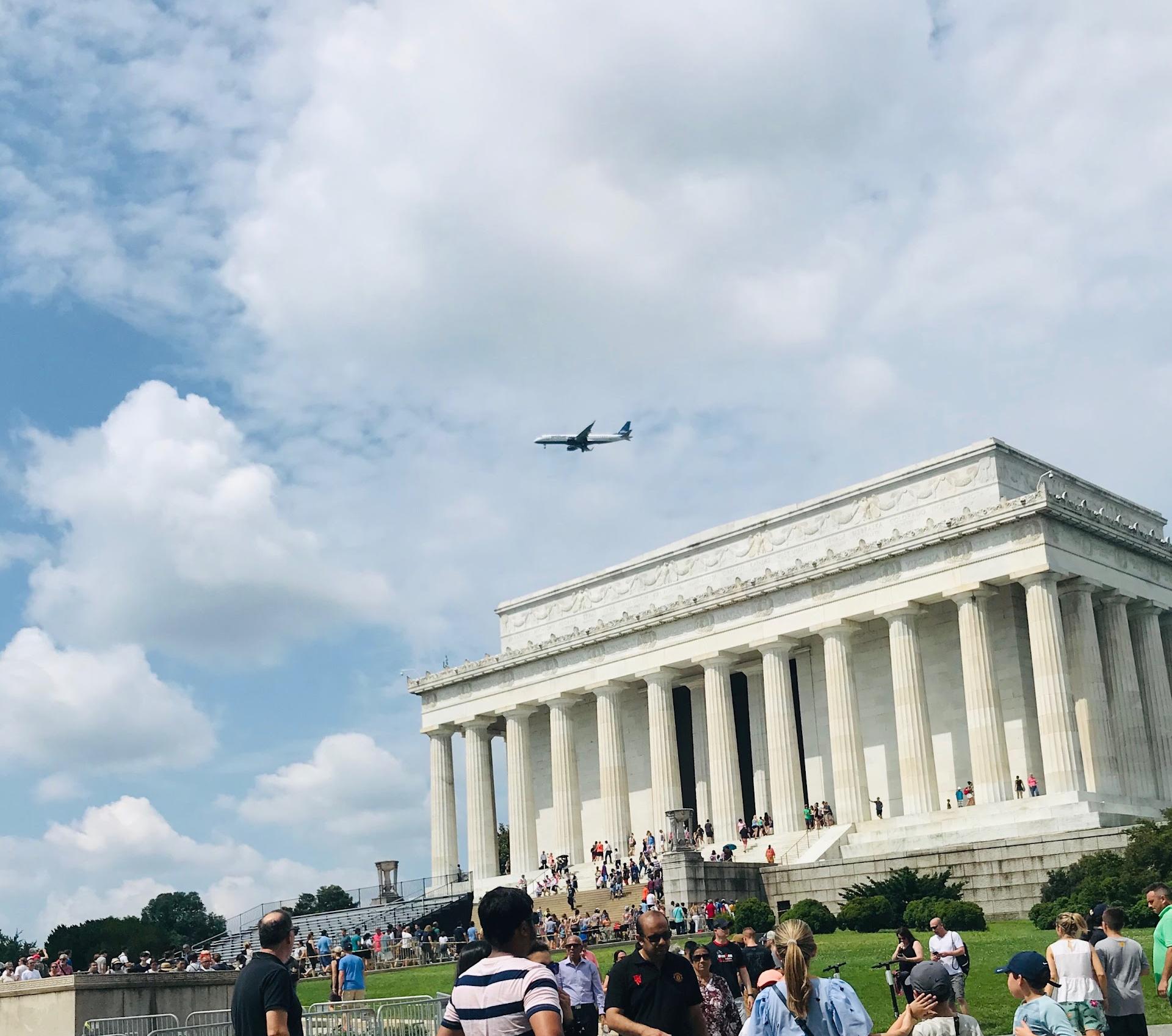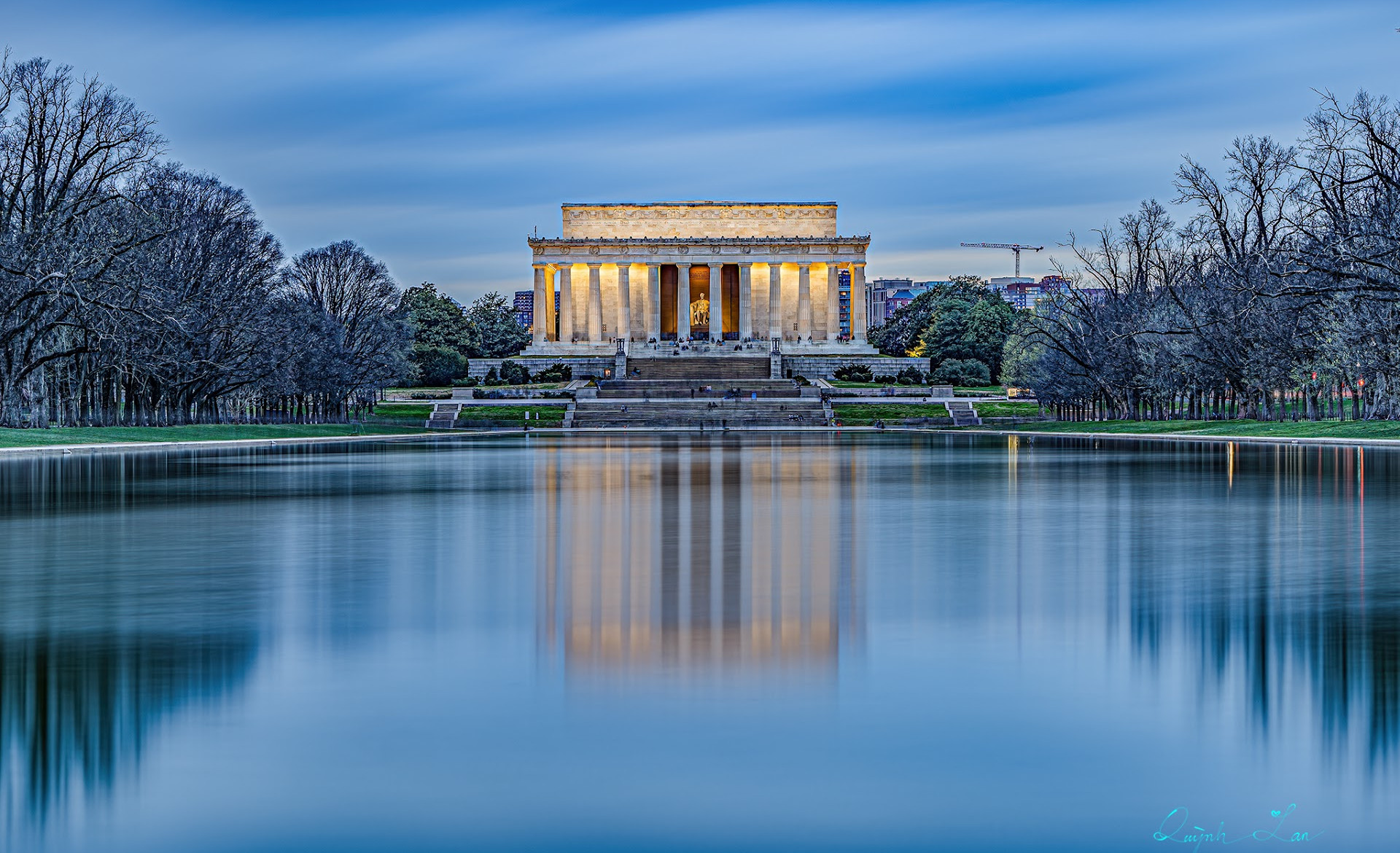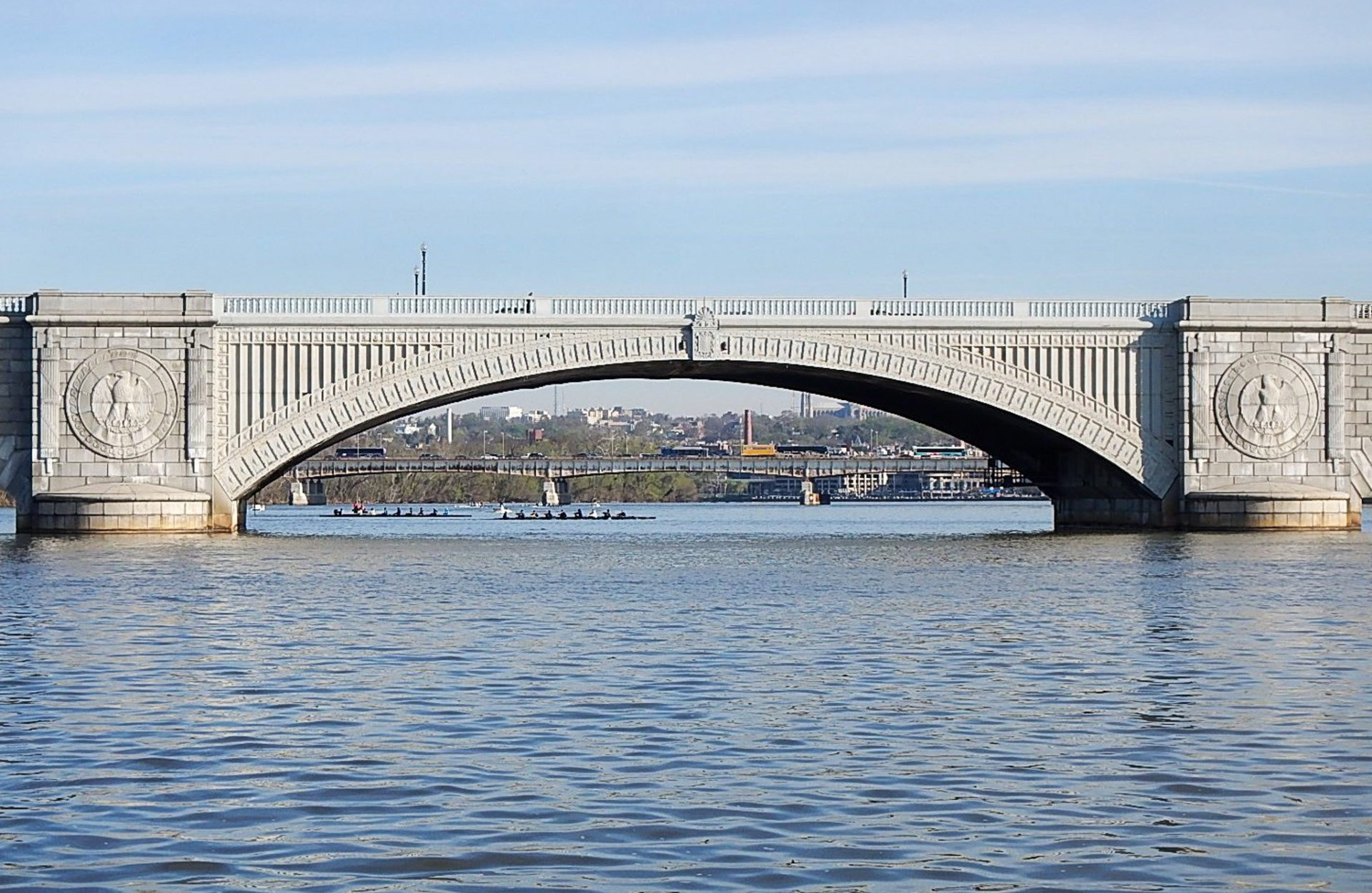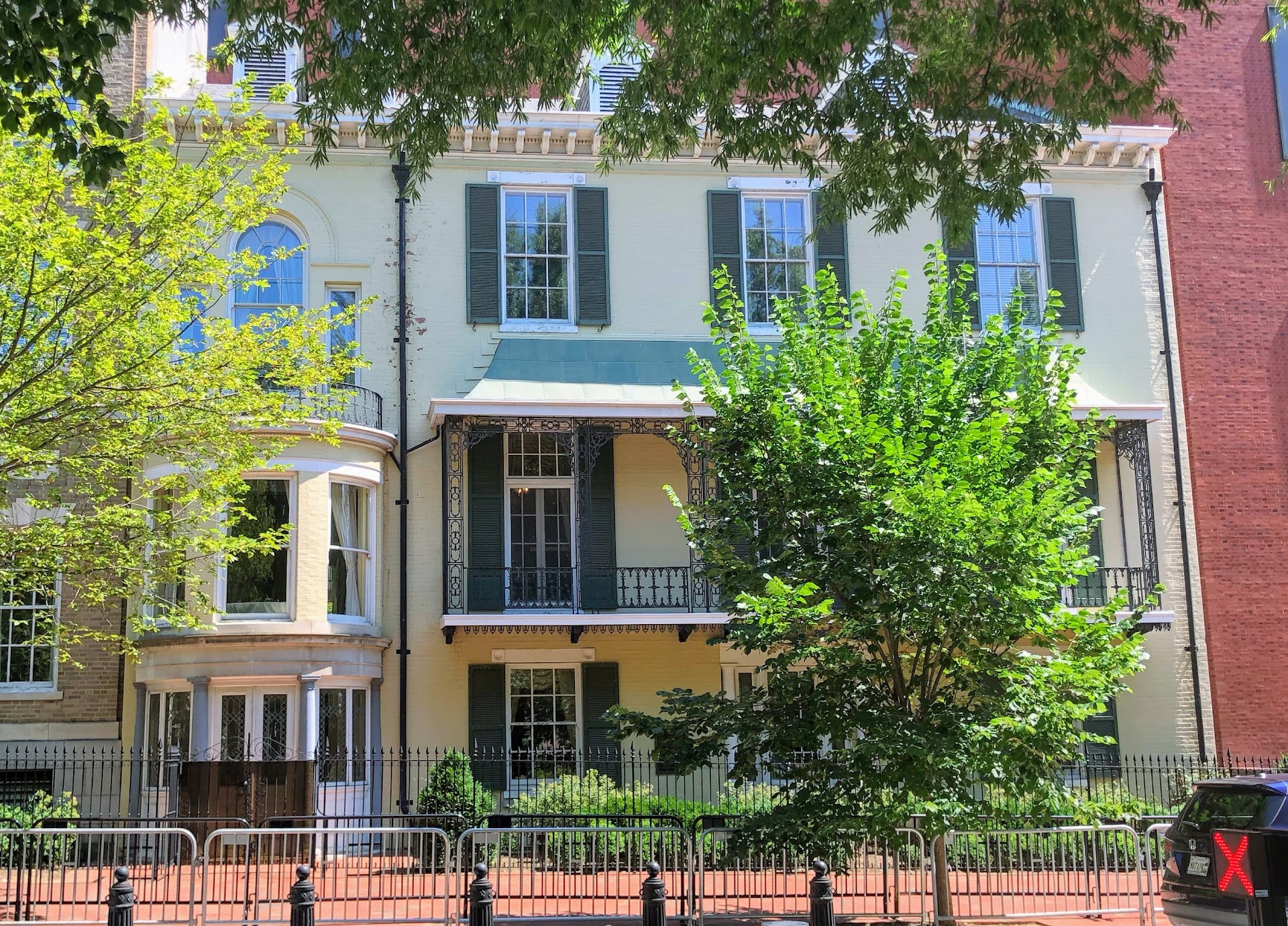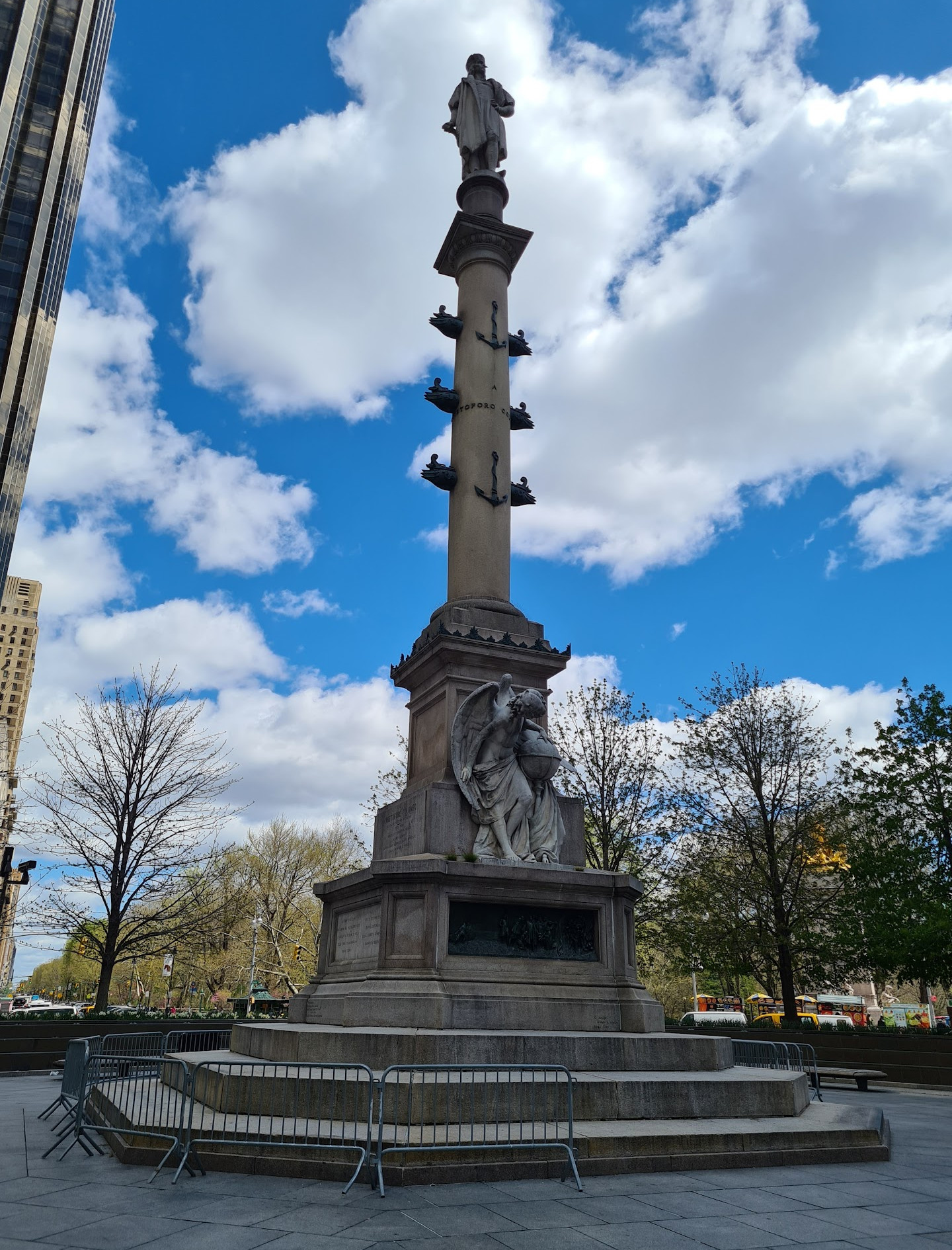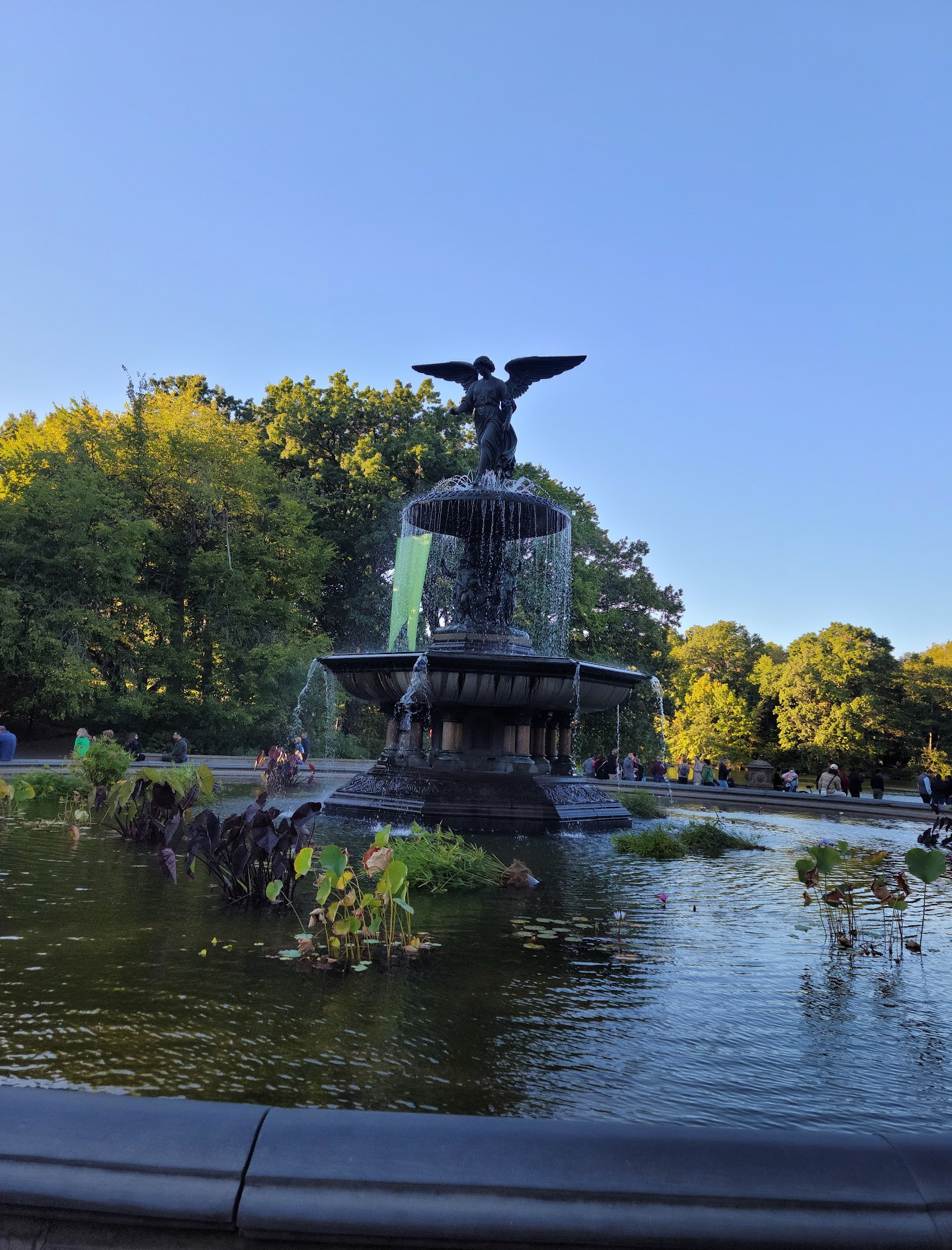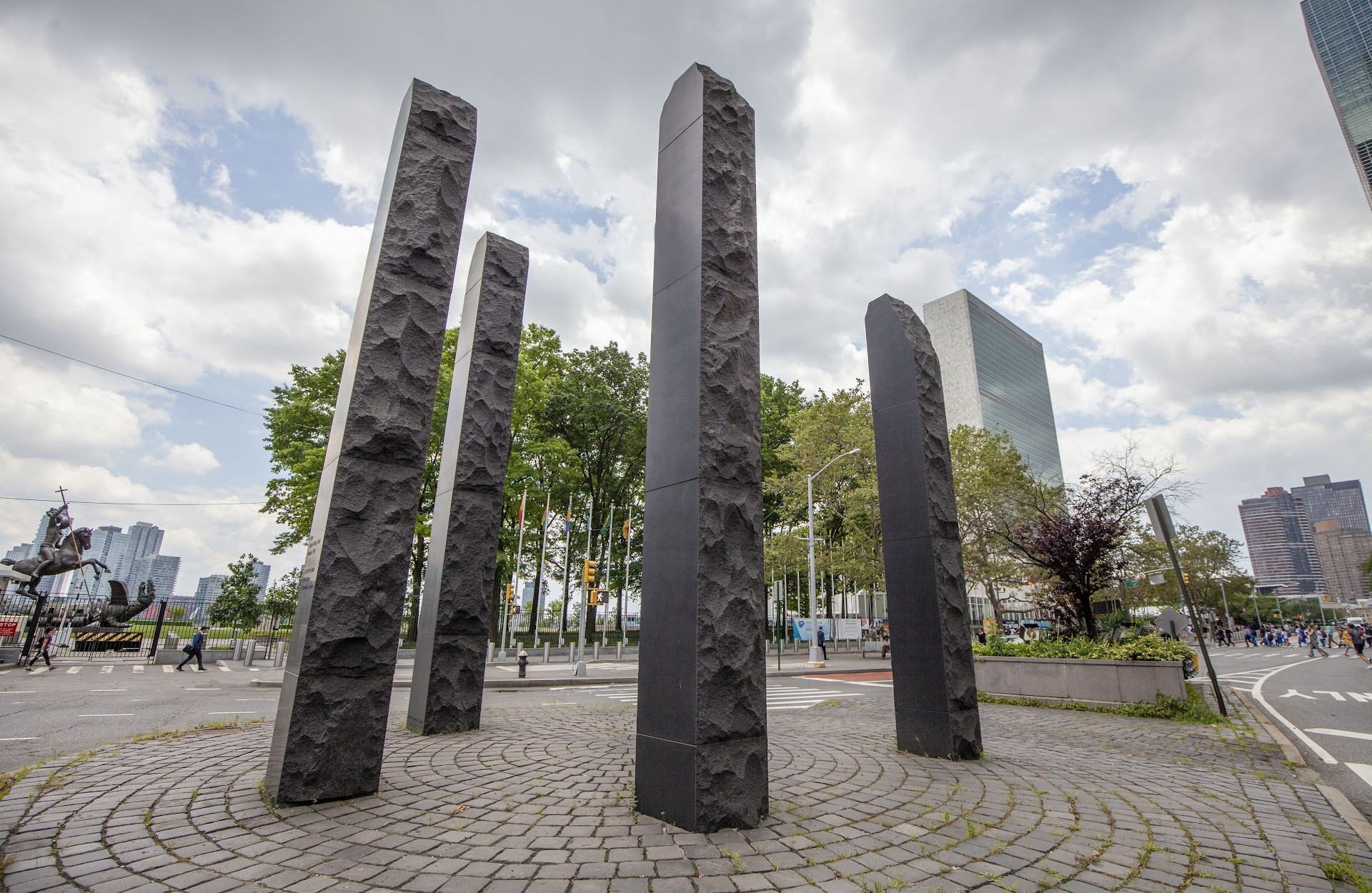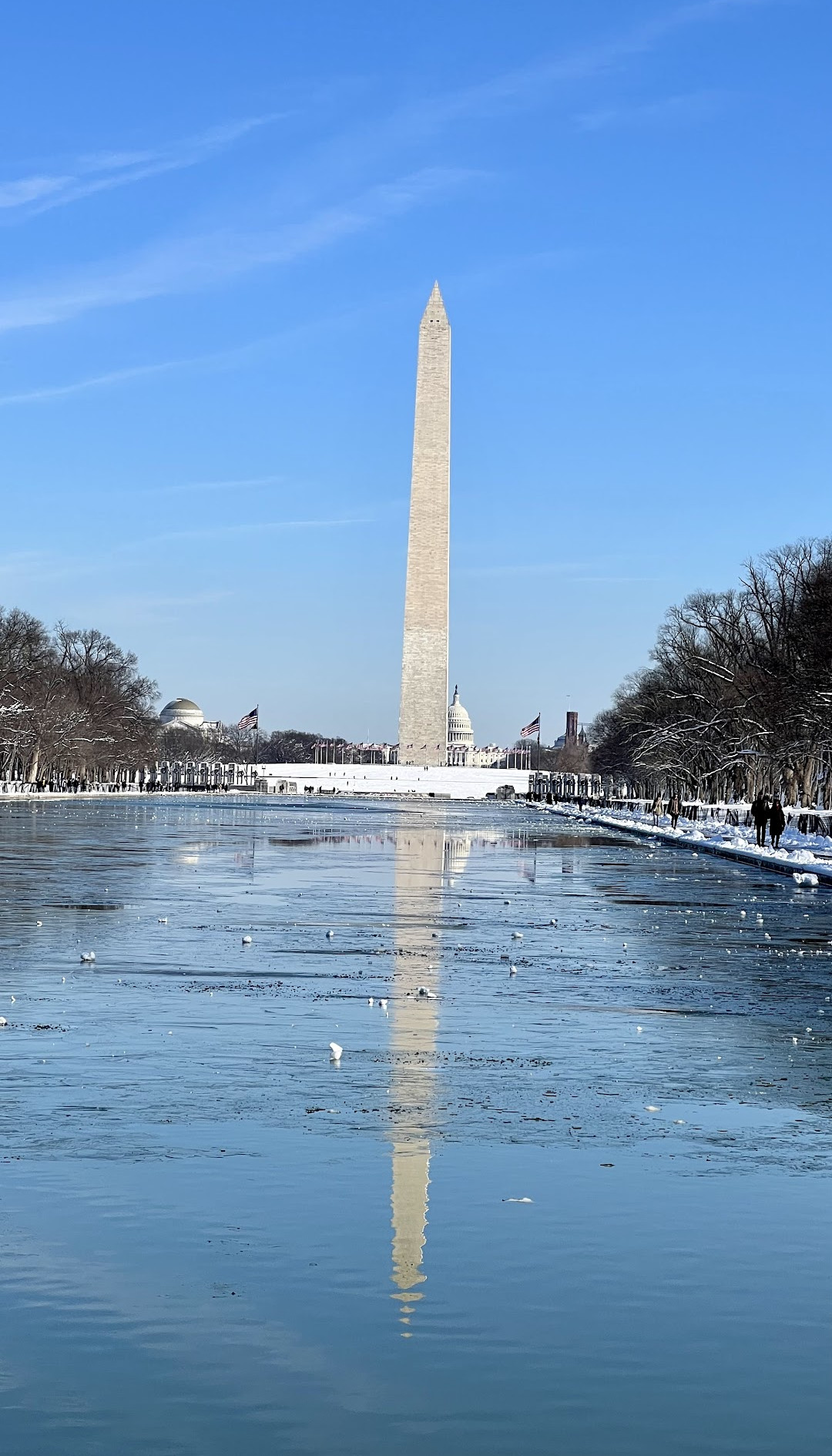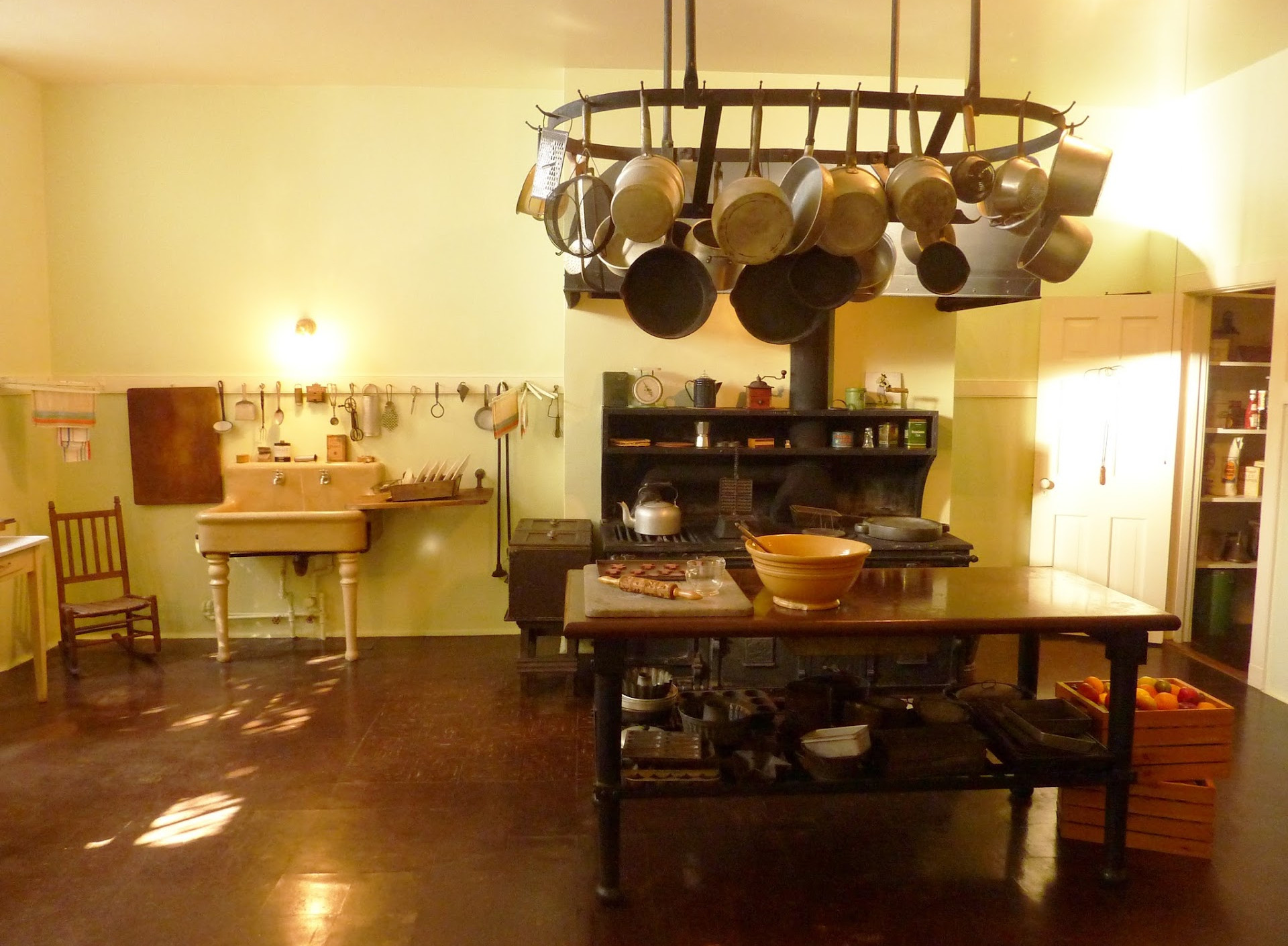
Photos
There are no photos for this place yet!
Reviews — 8

Depsite the name, this is not where Nixon fell down the steps. Having happened upon this beautiful site before the sun set over the water, my girlfriend and I had a relaxing time enjoying the sit after walking many miles that day. The kids around us using the sides of the steps as a slide, be warned however, as the steps are steep and lead directly into heavy traffic.

My favorite place in DC to read a book

You can enjoy the view of the old bridge and maybe sunset here.

Of all the forgotten memorials, monuments, and cultural landmarks in Washington D.C, the Watergate Steps sit among those seldom few that perfectly balance architectural beauty and intriguing history.
Connected to the Arlington Memorial Bridge area, sitting between the Arts of War and the Arts of Peace Sculptures, the steps were originally designed to serve as part of a dock, allowing dignitaries arriving via the Potomac River to ascend into the capital in sight of the Lincoln Memorial and the Washington Monument.
However, the intended use of the steps was never realized and the National Symphony Orchestra utilized the space from July 14th 1935 to host as many as 12,000 audience members for their barge-based performances.
Unfortunately, increased air traffic drew an end to the performing arts space in 1965, where it has since been an impressive, but defunct, staircase used primarily by runners and tourists keen to capture an awe-inspiring view of the river along the steps.
Tourists to the area will find that the forty steps that make up the Watergate Steps may quickly become congested, despite being 230ft wide at the top and 206ft wide at the base. Considering the appeal of the area, serving as a starting (or ending) point for those walking the National Mall, I would recommend visiting the steps during the early part of the day to ensure that the full-experience of the granite steps can be savored with as few other visitors as possible.
One of the only downsides to the Watergate Steps is that the history of the location far exceeds the excitement felt in viewing them. For those uninformed or uninterested in the specific history of the site, the impressive landmarks along the National Mall will outshine the steps and may cause tourists to de-prioritize them, misunderstand their importance, or miss them altogether.
Connected to the Arlington Memorial Bridge area, sitting between the Arts of War and the Arts of Peace Sculptures, the steps were originally designed to serve as part of a dock, allowing dignitaries arriving via the Potomac River to ascend into the capital in sight of the Lincoln Memorial and the Washington Monument.
However, the intended use of the steps was never realized and the National Symphony Orchestra utilized the space from July 14th 1935 to host as many as 12,000 audience members for their barge-based performances.
Unfortunately, increased air traffic drew an end to the performing arts space in 1965, where it has since been an impressive, but defunct, staircase used primarily by runners and tourists keen to capture an awe-inspiring view of the river along the steps.
Tourists to the area will find that the forty steps that make up the Watergate Steps may quickly become congested, despite being 230ft wide at the top and 206ft wide at the base. Considering the appeal of the area, serving as a starting (or ending) point for those walking the National Mall, I would recommend visiting the steps during the early part of the day to ensure that the full-experience of the granite steps can be savored with as few other visitors as possible.
One of the only downsides to the Watergate Steps is that the history of the location far exceeds the excitement felt in viewing them. For those uninformed or uninterested in the specific history of the site, the impressive landmarks along the National Mall will outshine the steps and may cause tourists to de-prioritize them, misunderstand their importance, or miss them altogether.

Proving ground for the world's top models.

I remember concerts there as a kid. No wtoo much traffic to do anything.

The Watergate Steps are 40 steps directly behind the Lincoln Memorial along the Potomac River. They were originally made for VIPs visiting the National Mall who docked along the Potomac River. However, the steps were never used for that. Instead, they were used for sunset orchestra concerts. The orchestra would play from a barge on the river and the audience would sit on the steps. Today, the steps are used by mostly locals for one of two reasons- 1) To watch the sunset over the Rosslyn skyline across the river and 2) For workouts.


